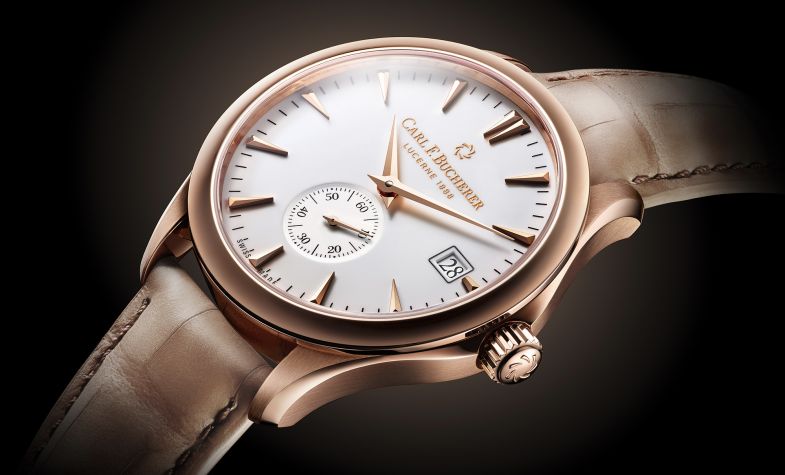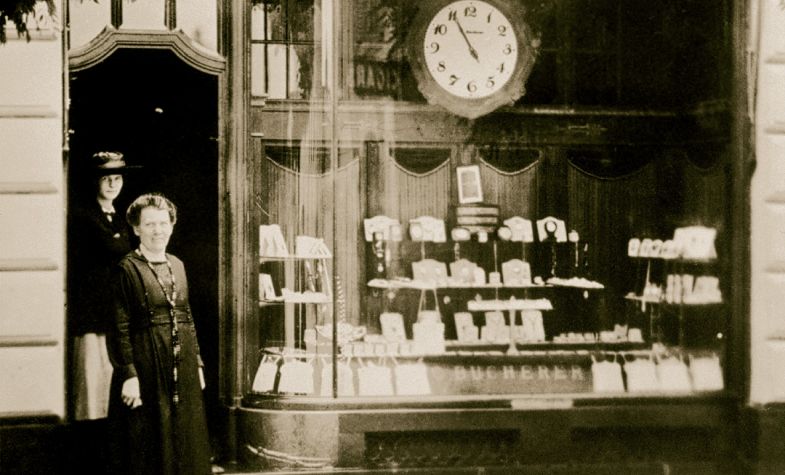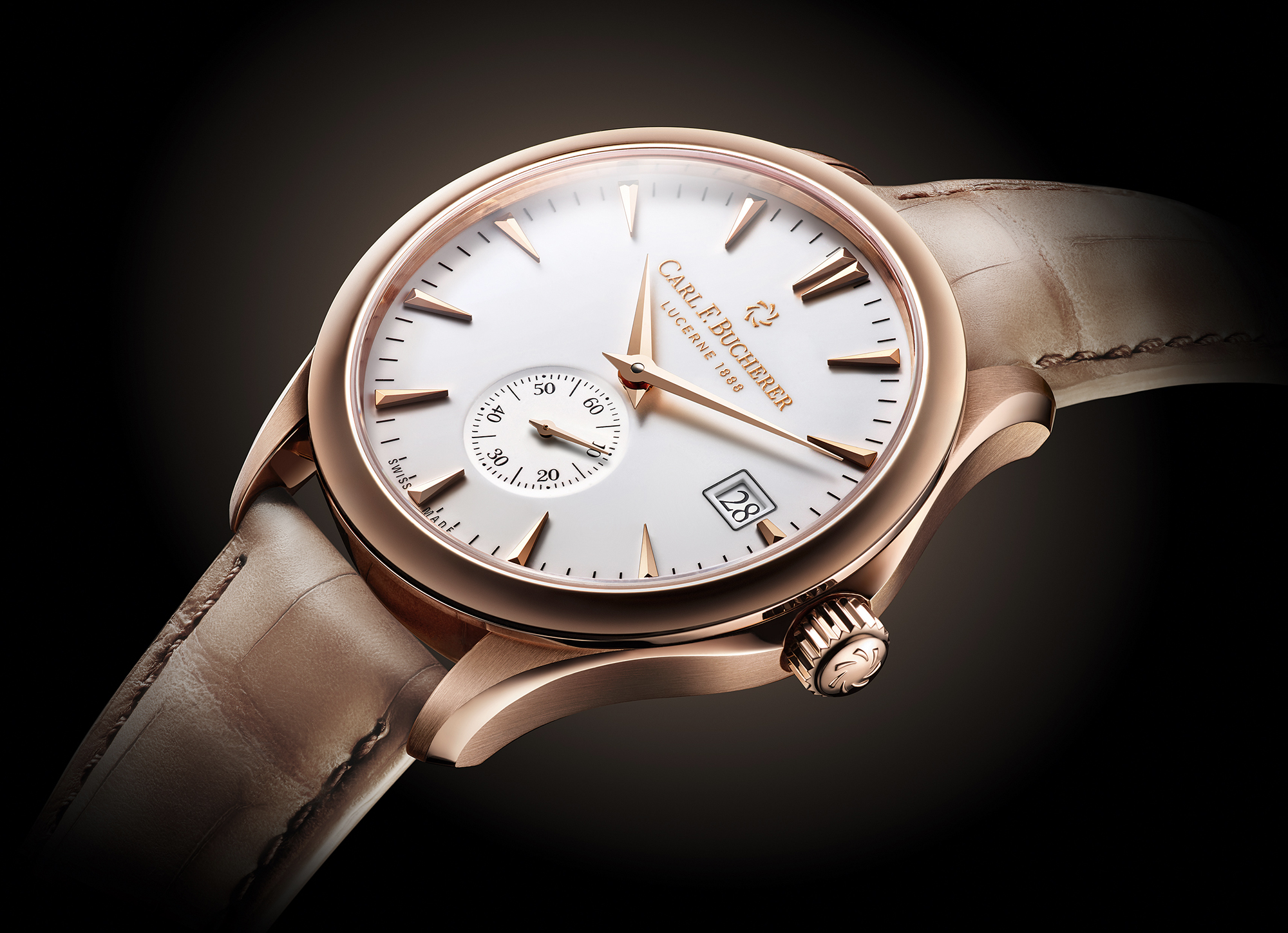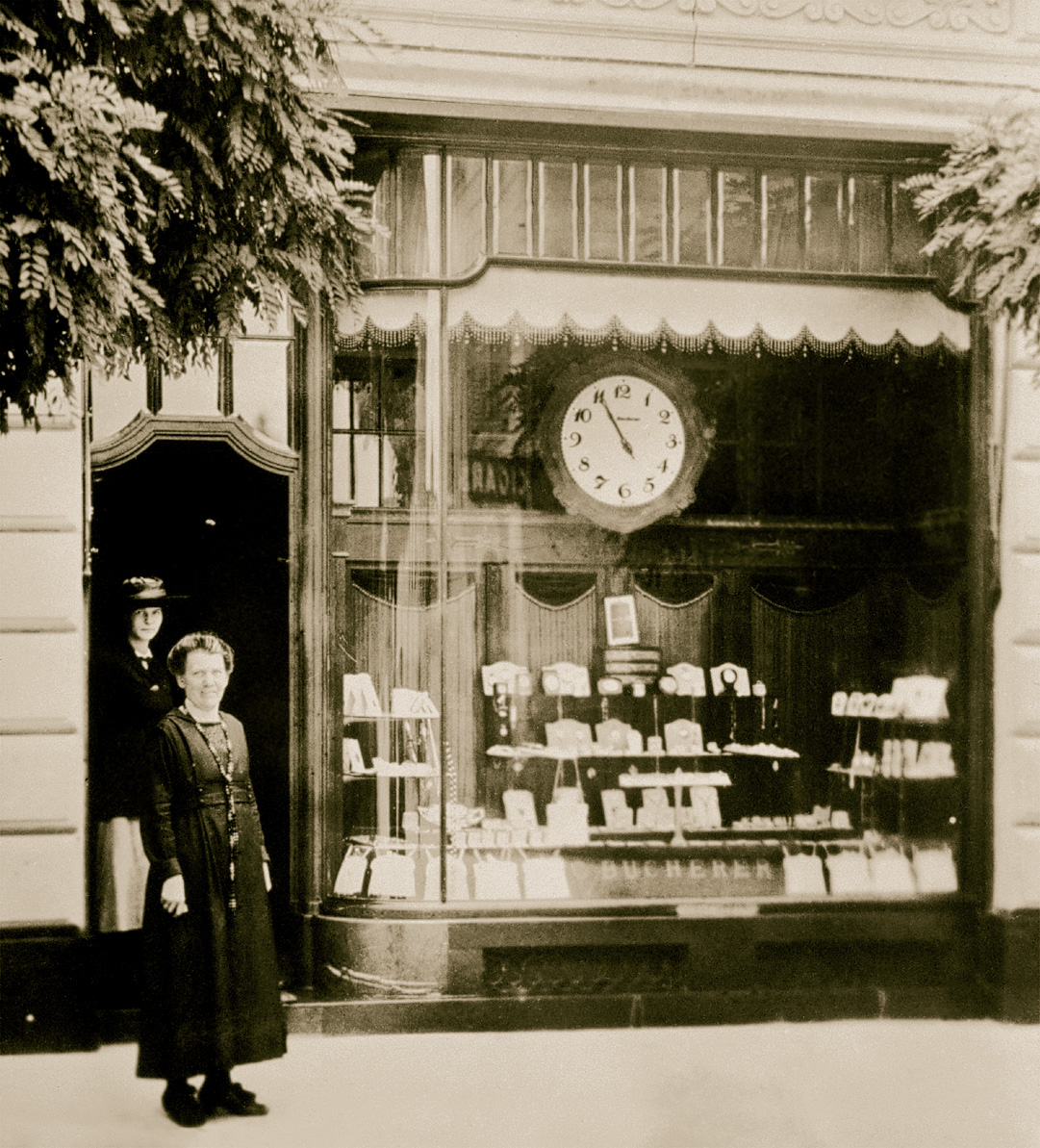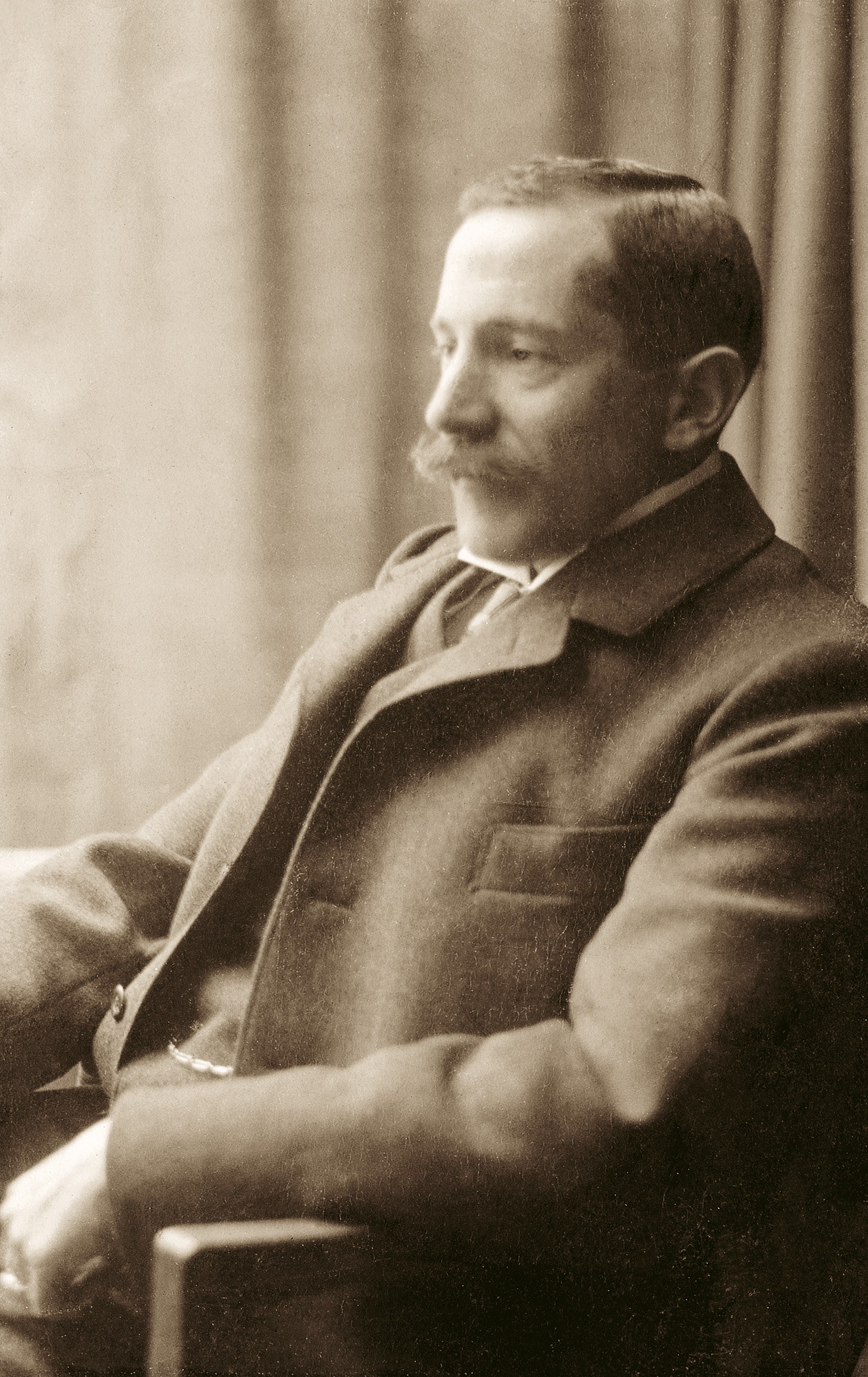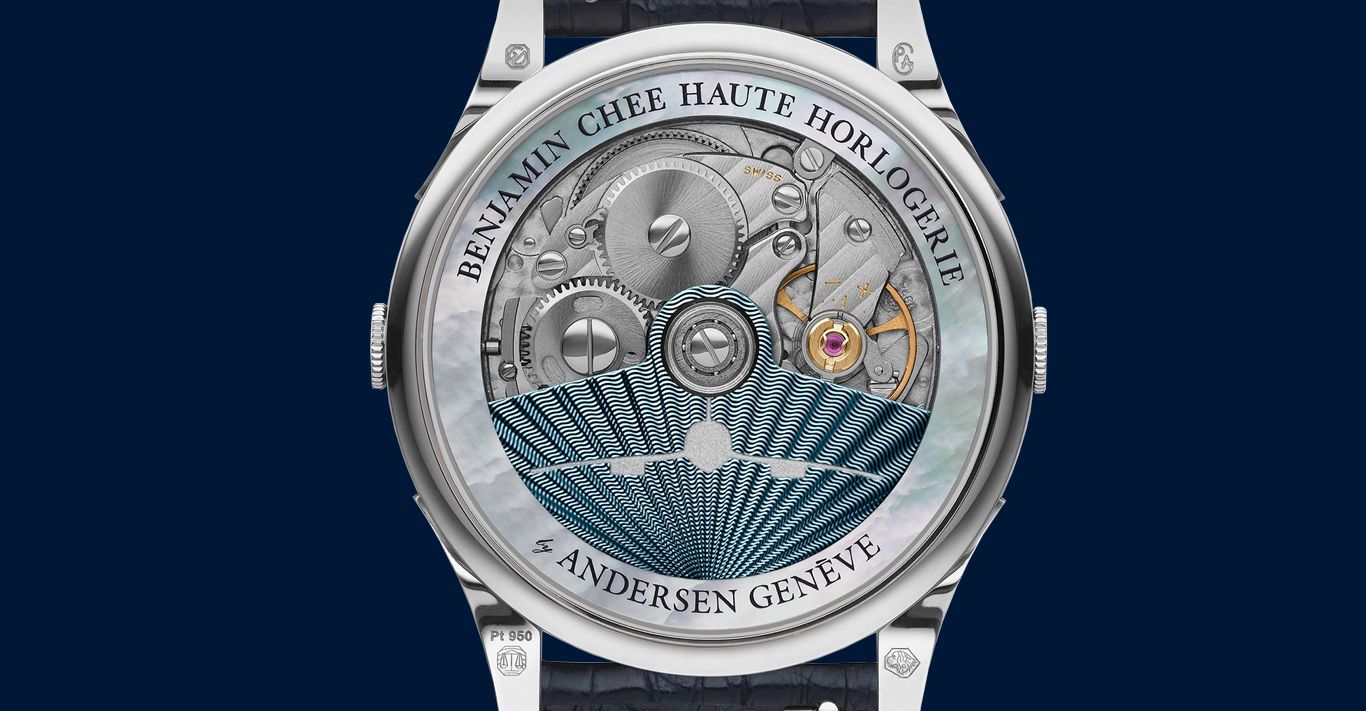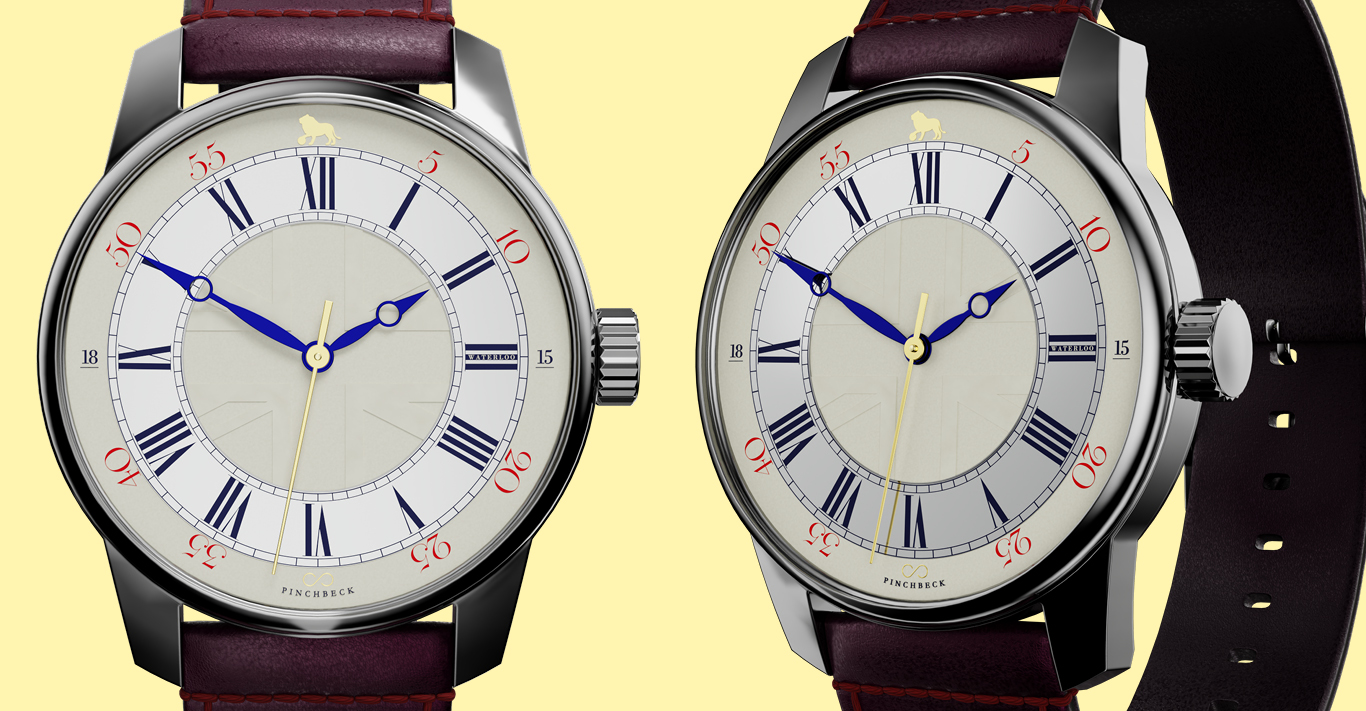WORDS
Richard Holt
When a company proudly displays the date it was founded, there is one obvious message: we have been around a long time, so we must know what we’re doing. But with Carl F Bucherer, the date is about more than longevity – it points to a time and place that allowed the opportunity for a luxury business to flourish, and one that continues to have an influence today.
When the young businessman Carl Friedrich Bucherer opened Lucerne’s first watch and jewellery shop in 1888, both the time and place were just right. As the industrial revolution swept the developed world, Lucerne lagged behind Basel and Zurich. But while the factories didn’t spring up in the same way, this left Lucerne to enjoy a different revolution.
“As well as producing ornate ladies’ pieces, Bucherer also gained a reputation for high-quality chronometers
As the rail network expanded rapidly throughout the 19th century, Lucerne finally became accessible to the outside world, and well-heeled visitors began to flock to the beautiful little lakeside city with its alpine backdrop and clean mountain air. Among those taking part in this new tourism revolution was Queen Victoria, who spent the summer of 1868 in Lucerne, providing a royal boost to the city as grand hotels were springing up along the lakeside.
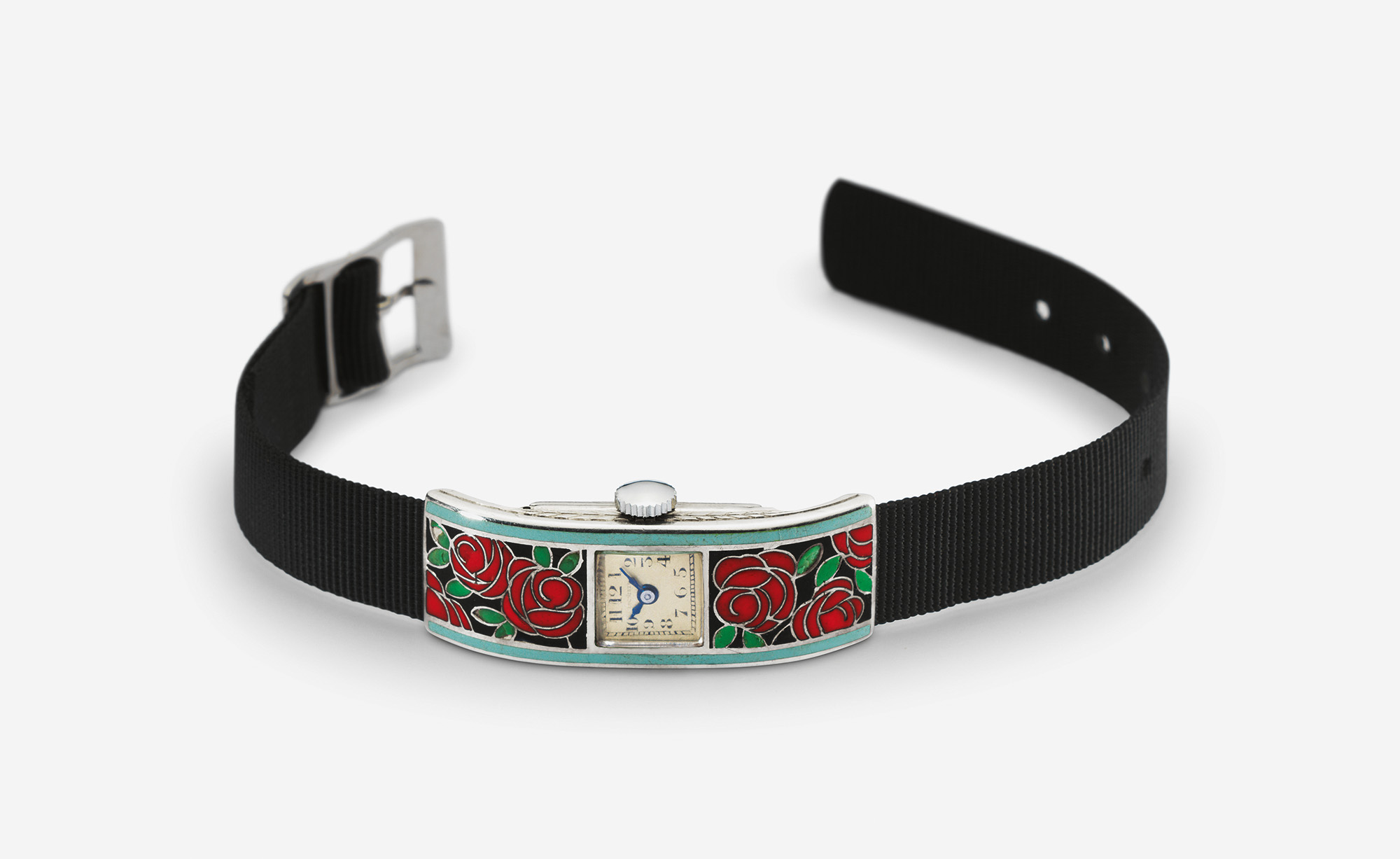
Lucerne thronged with holidaymakers, and over the coming decades the Bucherer shop won a reputation for selling the best quality watches and jewellery. Then when the company teamed up with the pioneering watchmaker Hans Wilsdorf its reputation surged. Wilsdorf ’s brand was Rolex, and Bucherer remains a major retailer for the mega brand to this day.
Throughout the 20th century, the Bucherer retail empire spread, first into other Swiss cities, and later into Austria, Germany and France, where the Paris flagship is said to be the largest watch and jewellery store in the world. Until last year, it had no presence in the UK, then Bucherer bought The Watch Gallery and took over and rebranded its six stores across London.
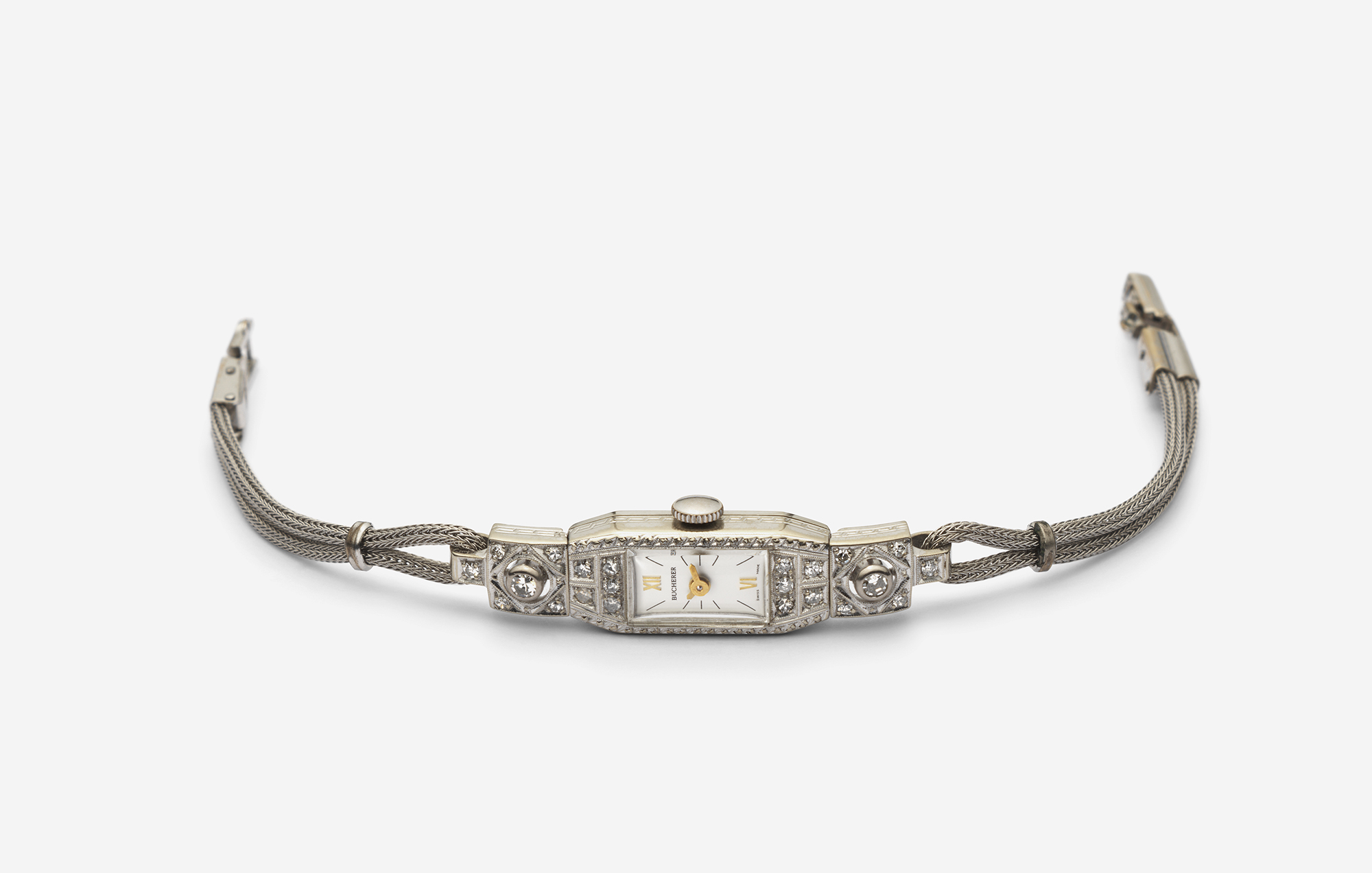
Retailing remains a core part of the business, but Bucherer also produces its own lines of both watches and jewellery, which are each run as separate companies under the Bucherer umbrella. These two branches of the company have their origins in the time when Carl Friedrich’s sons finished their studies. One brother trained as a watchmaker, the other as a jeweller, and when they joined the family firm in 1913, they brought together expertise from these two professions.
The first Bucherer watches appeared in 1919, a line of decadent, Art Deco-style ladies’ wristwatches – at the time, pocket watches were still the norm, but Bucherer was firmly of the belief that the future of the watch lay on the wrist.
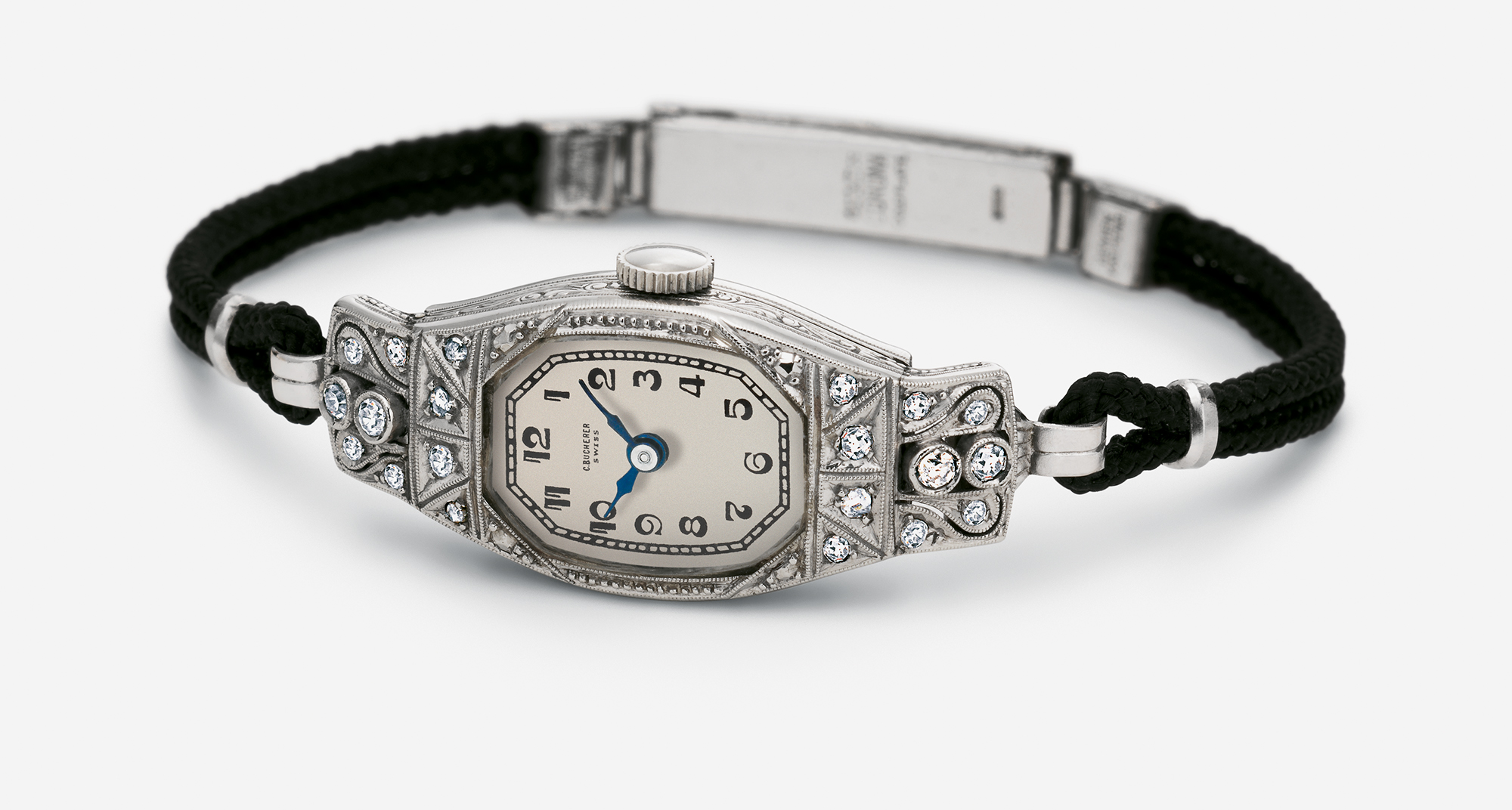
As well as producing ornate ladies’ pieces, making full use of its jewellery expertise, the company also gained a reputation for creating high-quality chronometers and chronographs. At the end of the 1960s, Bucherer teamed up with a number of companies such as IWC and Patek Philippe to make the Beta 21, an early quartz movement.
Throughout the 20th century the watches were branded either “C Bucherer” or just “Bucherer”. In 2001, with the mechanical watch industry in resurgence, the decision was made to create a distinct watch company, Carl F Bucherer. This involved a significant increase in research and development spending, as well as a move to bigger manufacturing facilities in 2002 and again in 2015. It is still under the control of the parent company, but Carl F Bucherer has been able to strengthen its identity as a watchmaker with distinctive lines that include the Patravi, a line of striking tool watches. Within the collection sits the ScubaTec, a tough diving watch that has a 44.6mm steel and rose gold case, and a part rose gold, part ceramic bezel. Whether it is on a tough tool watch like this, or one of the pieces from the Adamavi ladies’ collection, you can see that these are watches from a company with a jeweller’s eye for design.
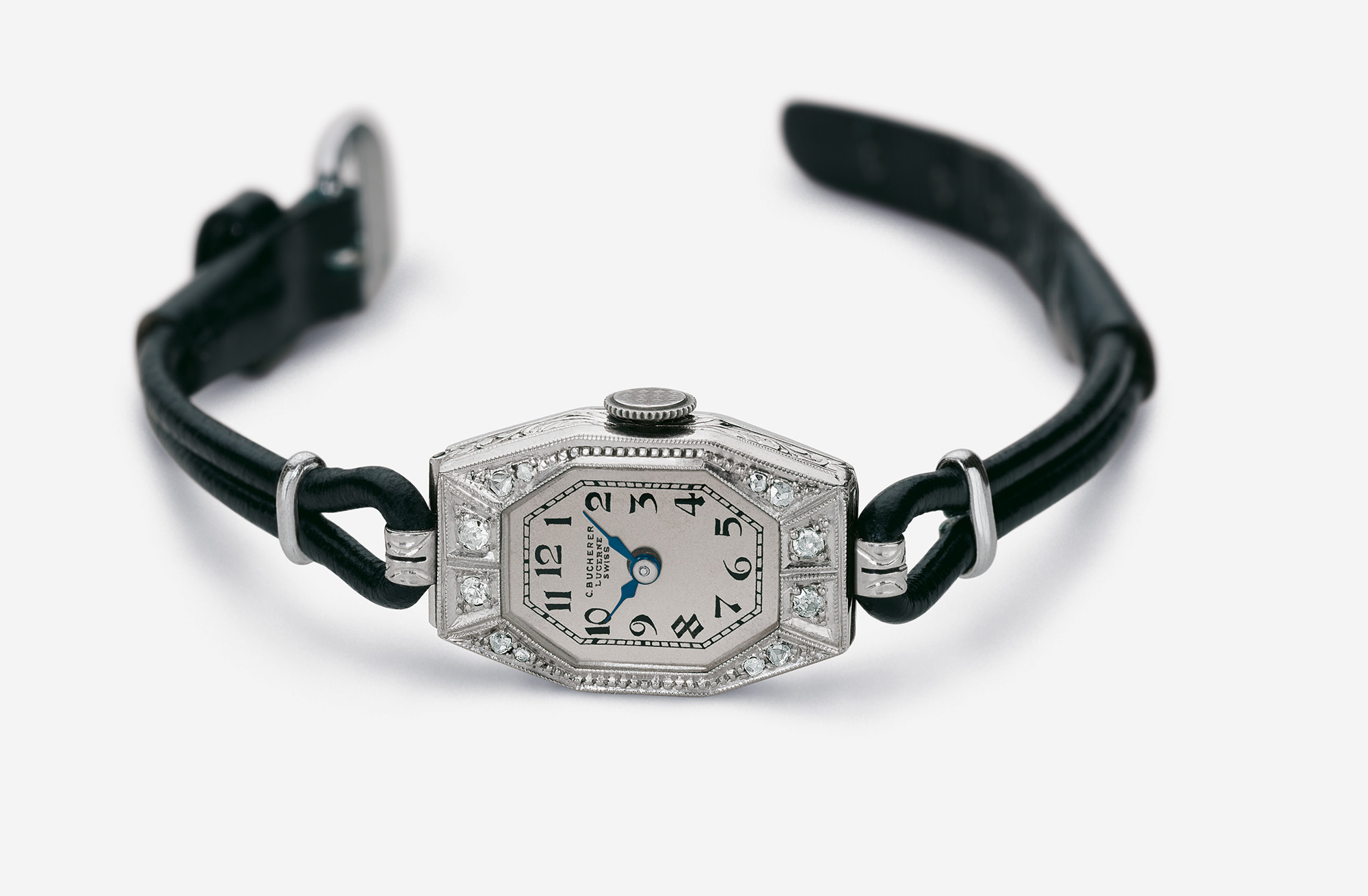
In 2008, Carl F Bucherer reached the most important single milestone for any watchmaker: producing an in-house movement. The A1000 is an automatic movement with a rare peripheral winding-rotor – a first for a serially produced watch and a feature that is satisfying to observe through a sapphire crystal caseback. The successor to that movement, the A2000, was released in 2016. A modified version – the A2050 – can be found in the latest version of the Manero Peripheral, a classically styled automatic with small seconds, which for this year is available in a 43mm rose gold case.
The company is still family owned, run by chairman Jörg G Bucherer – Carl F Bucherer’s grandson – who took over in 1976. Now with major retail outlets in the UK, the business will be opened up to a whole new market. Watches that are still made with a jeweller’s eye for detail, but now with the prestige of being a company with manufacture status. The founder and namesake would doubtless have approved.

